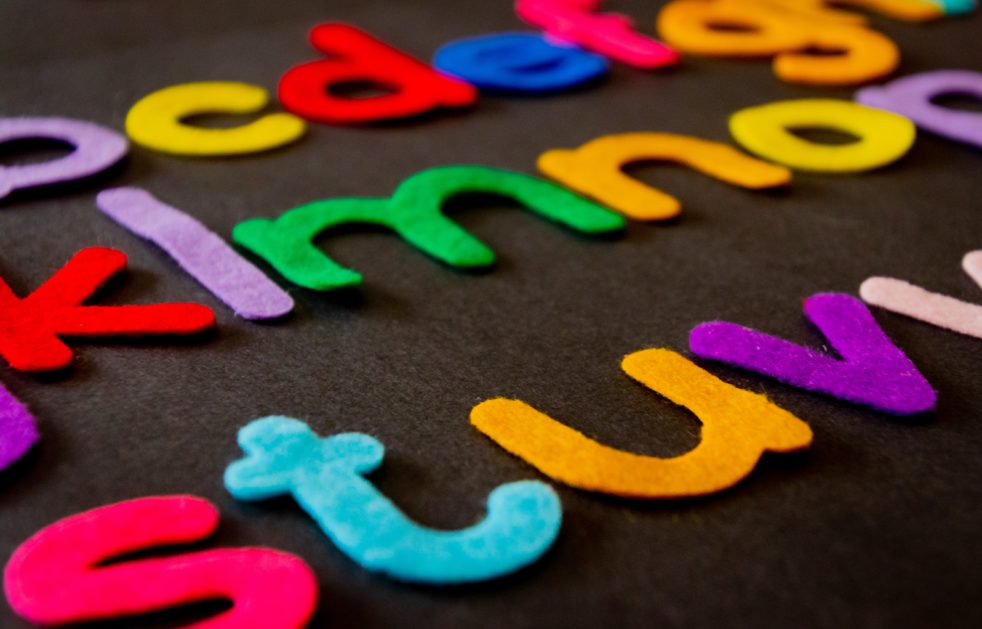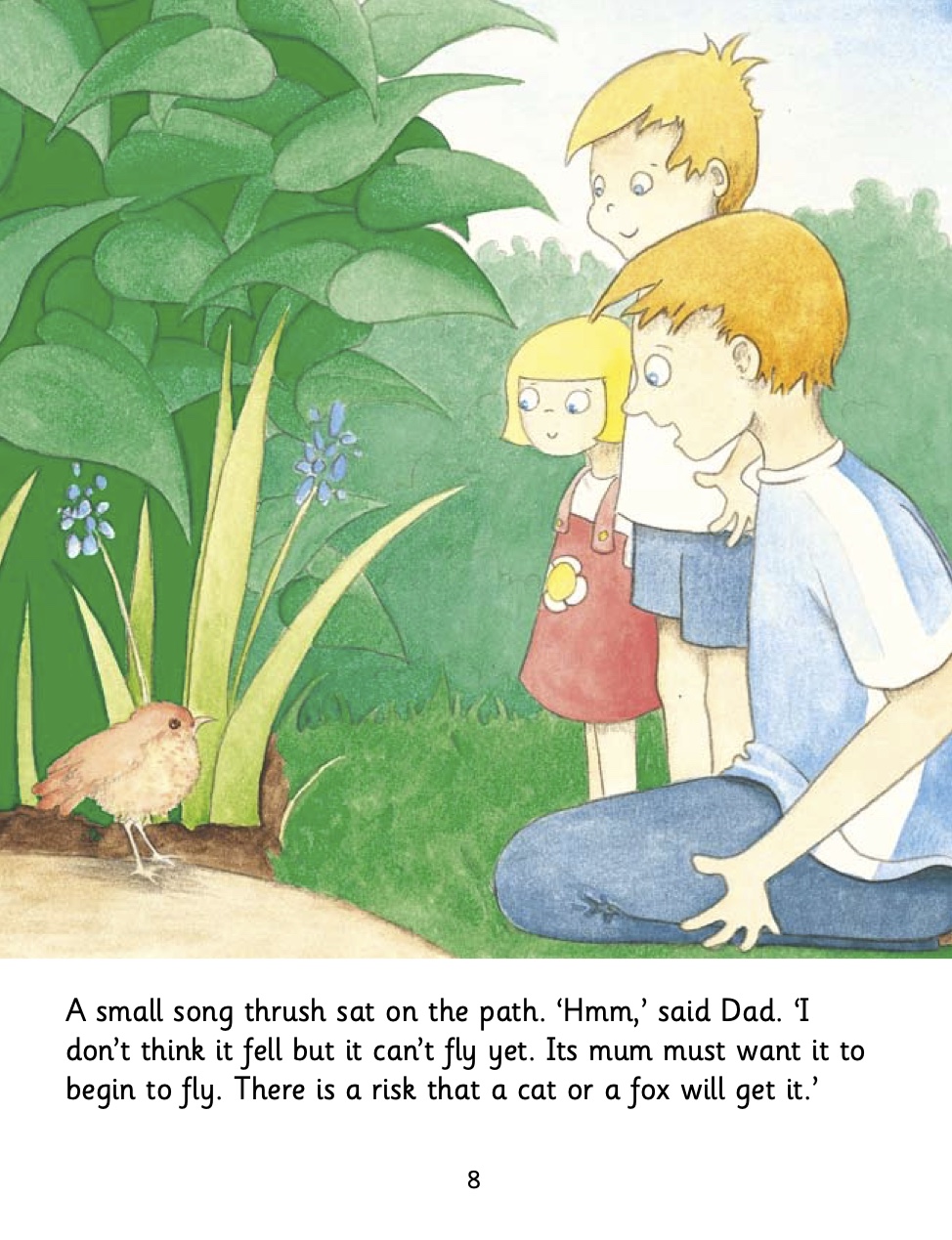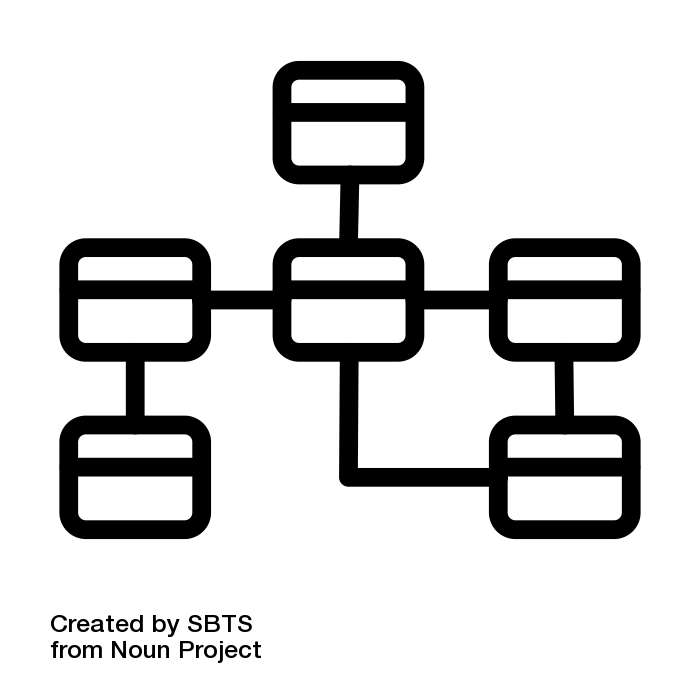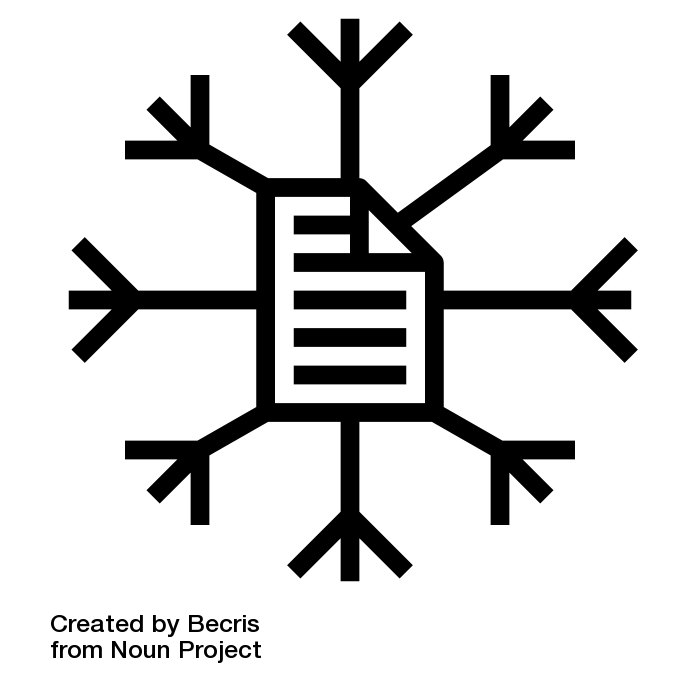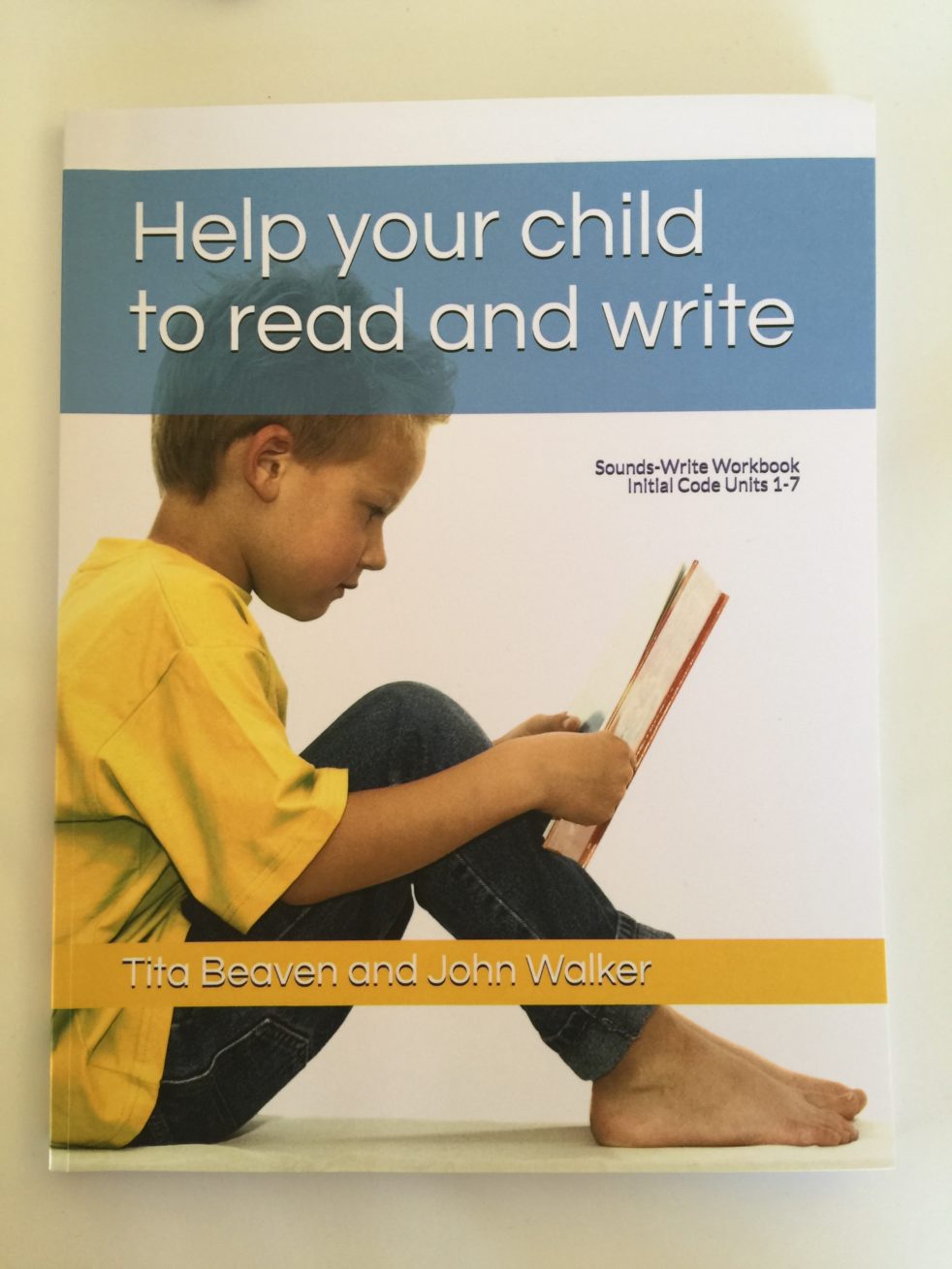More on ‘This and that’
Phonemes and graphemes or sounds and spellings: it depends on the context. Yesterday, I published ‘This and that’, a short blog post on the importance of maintaining consistency in the language we use when training teachers in how to teach phonics and teaching children phonics. After publishing, another example of the way in which we… Continue reading More on ‘This and that’


